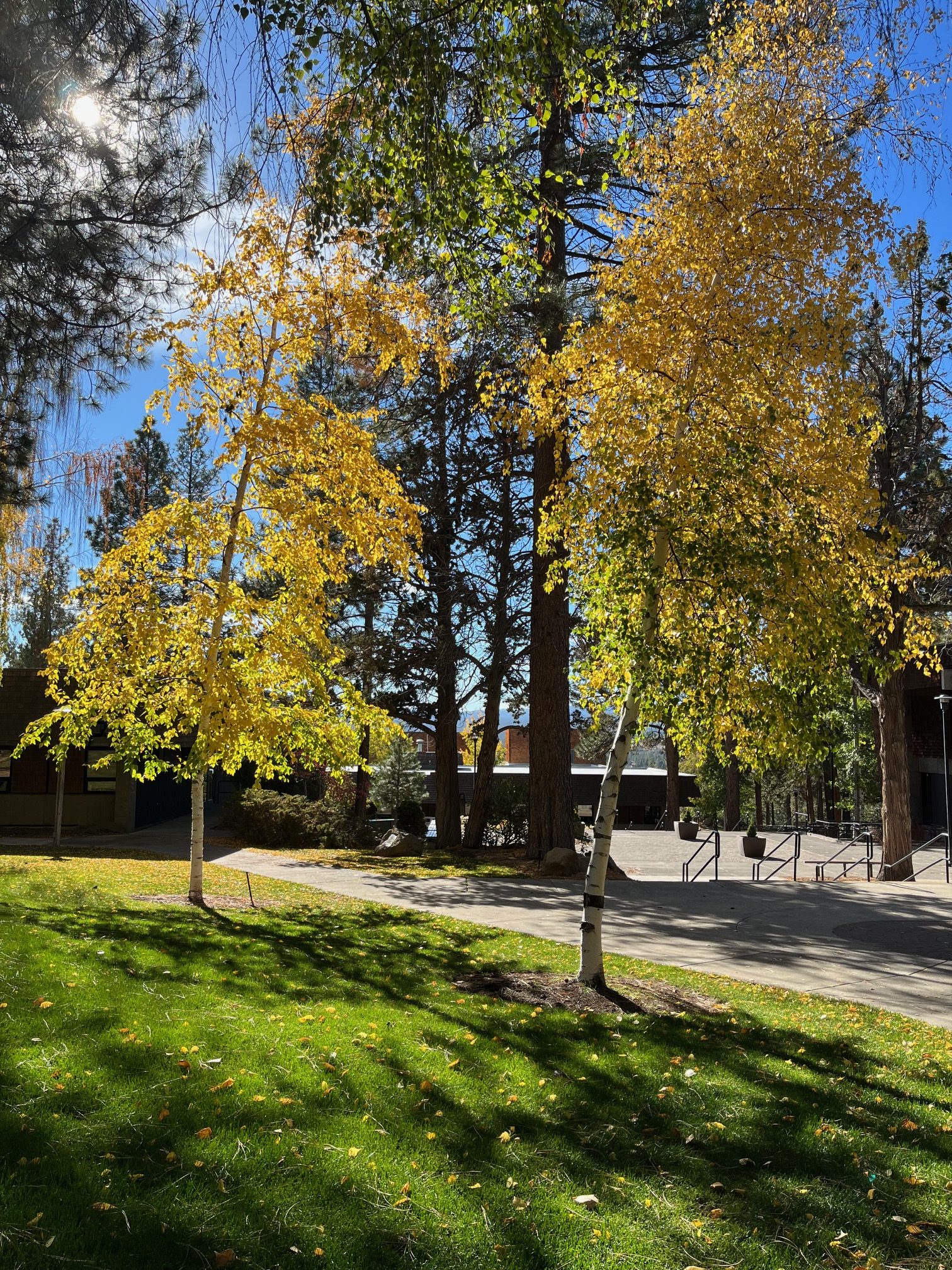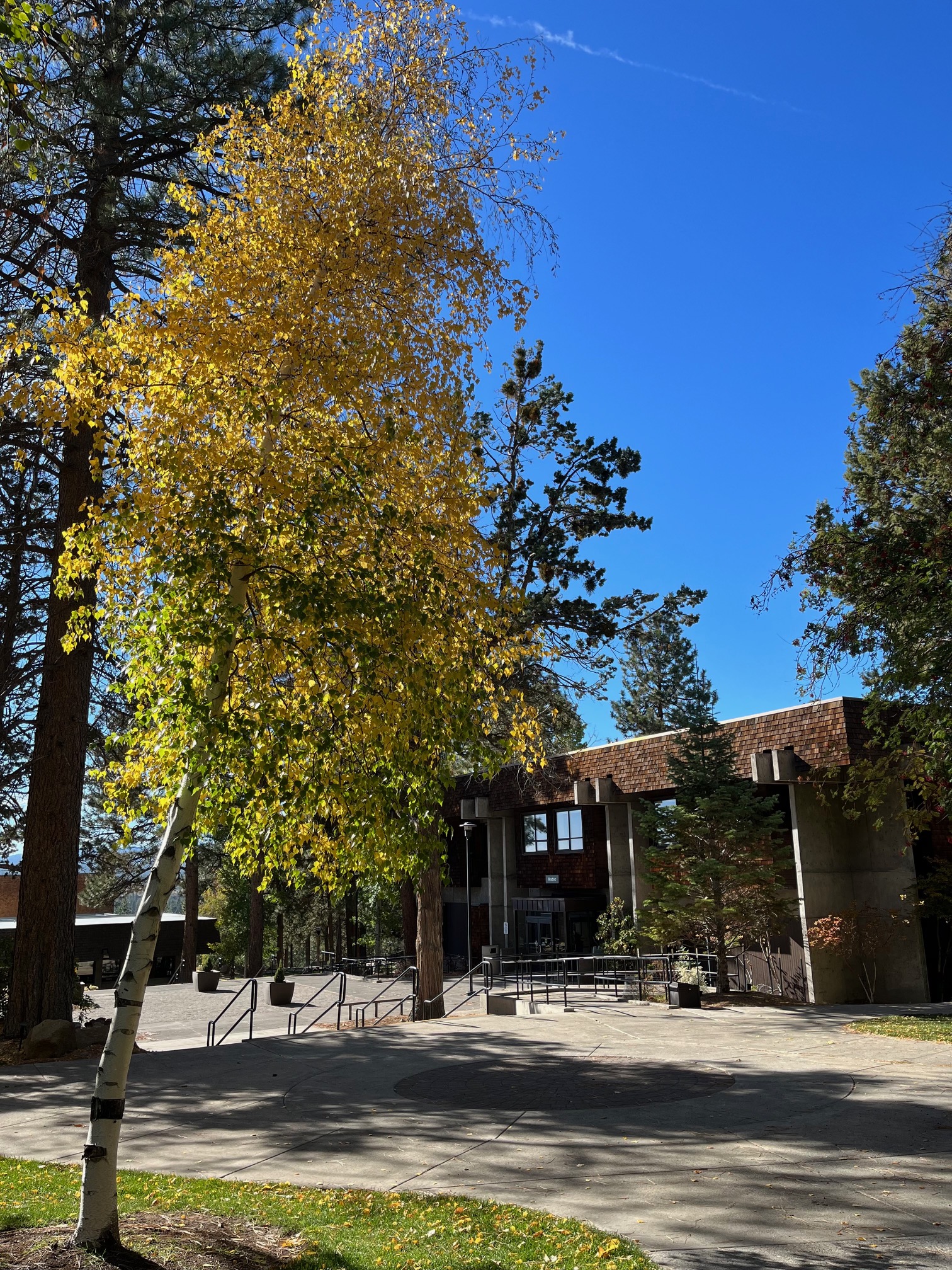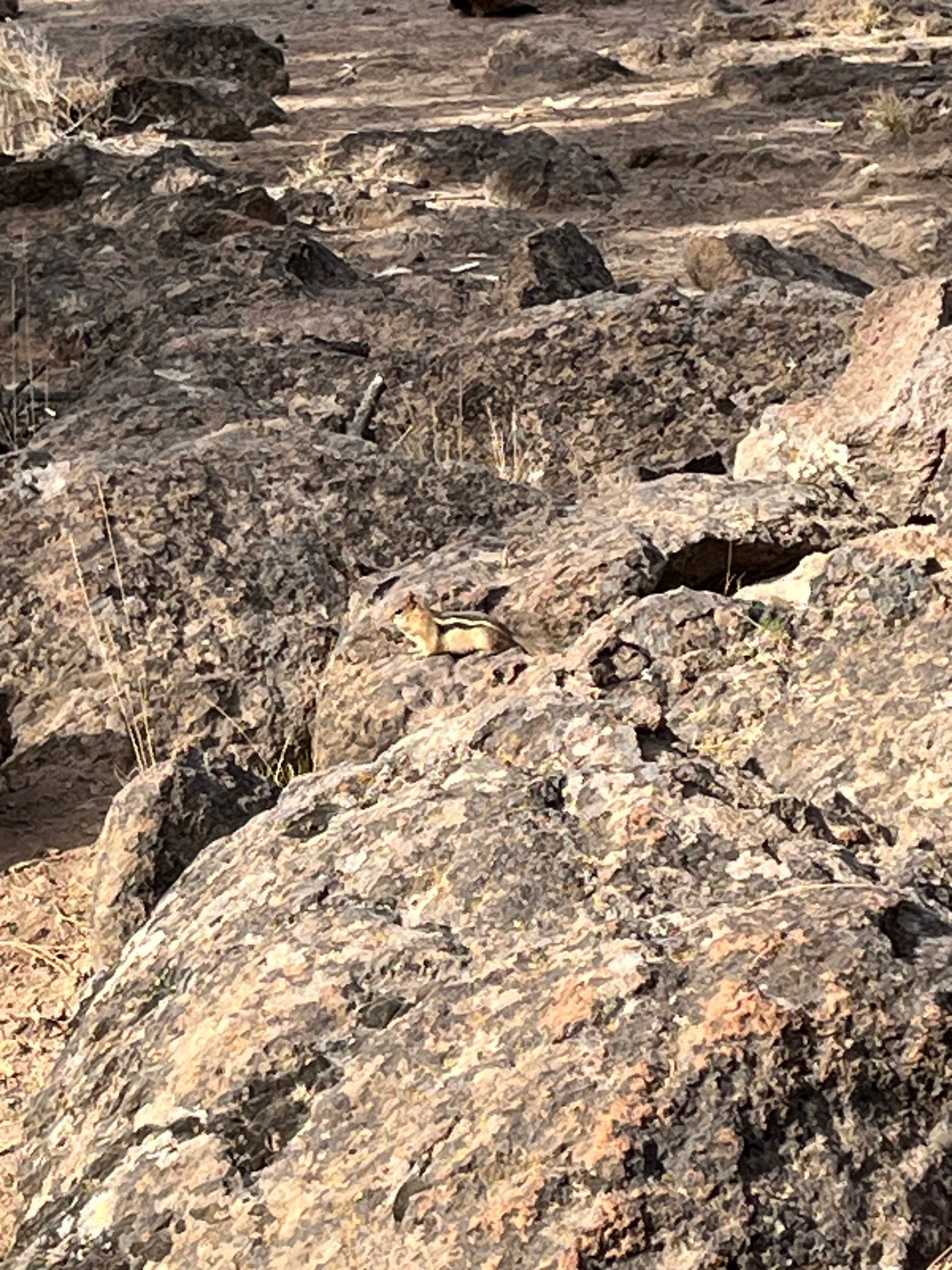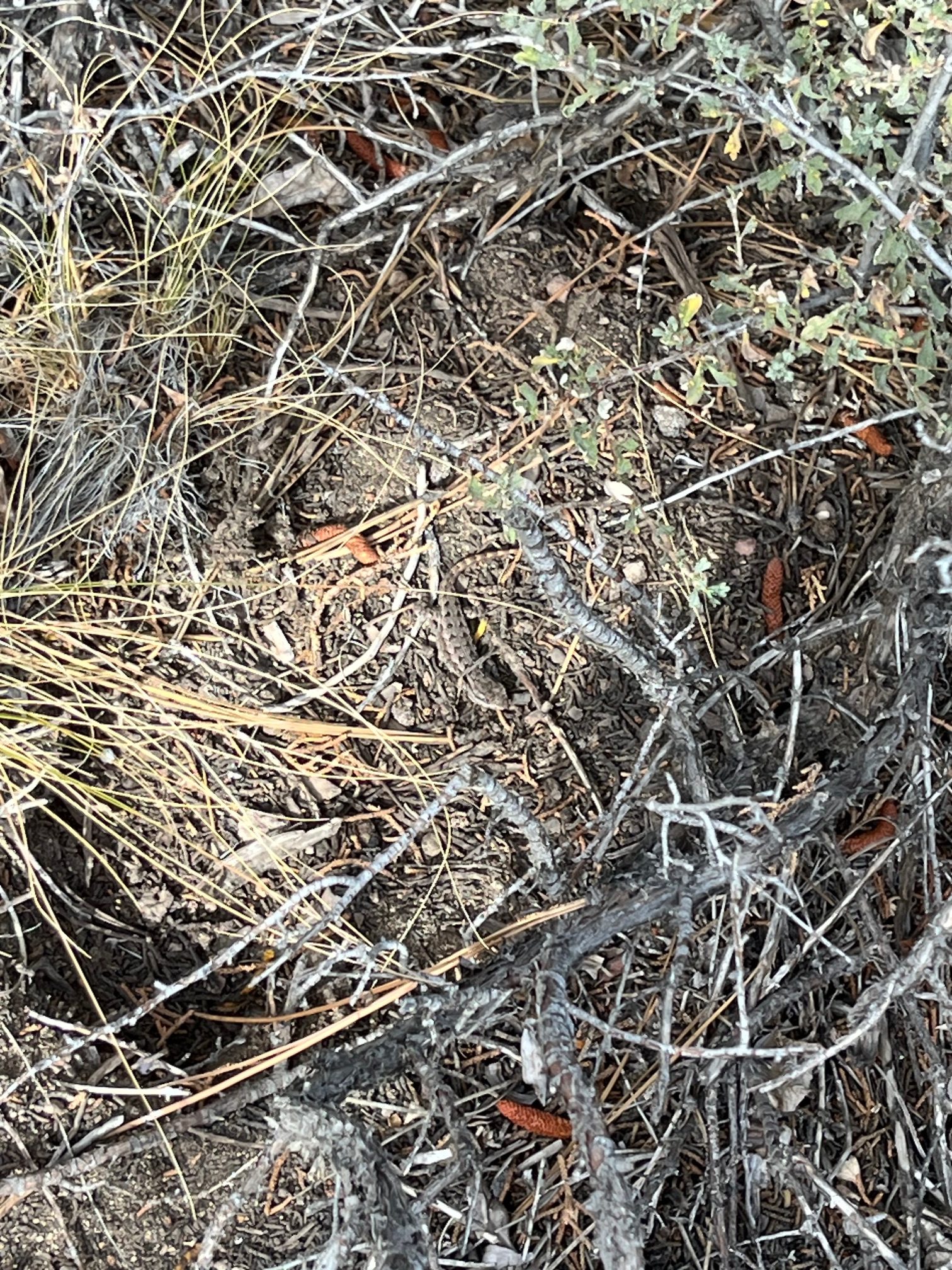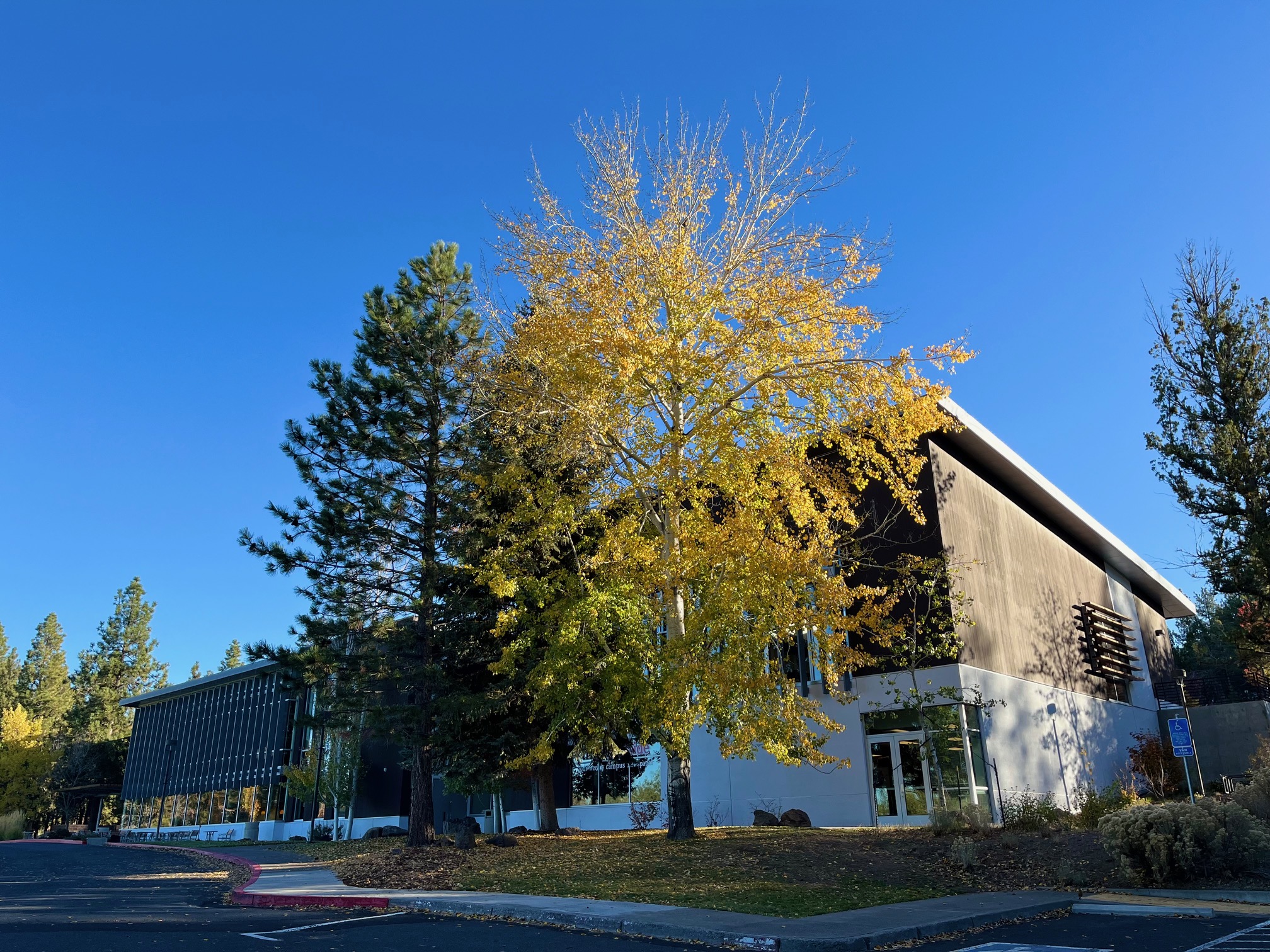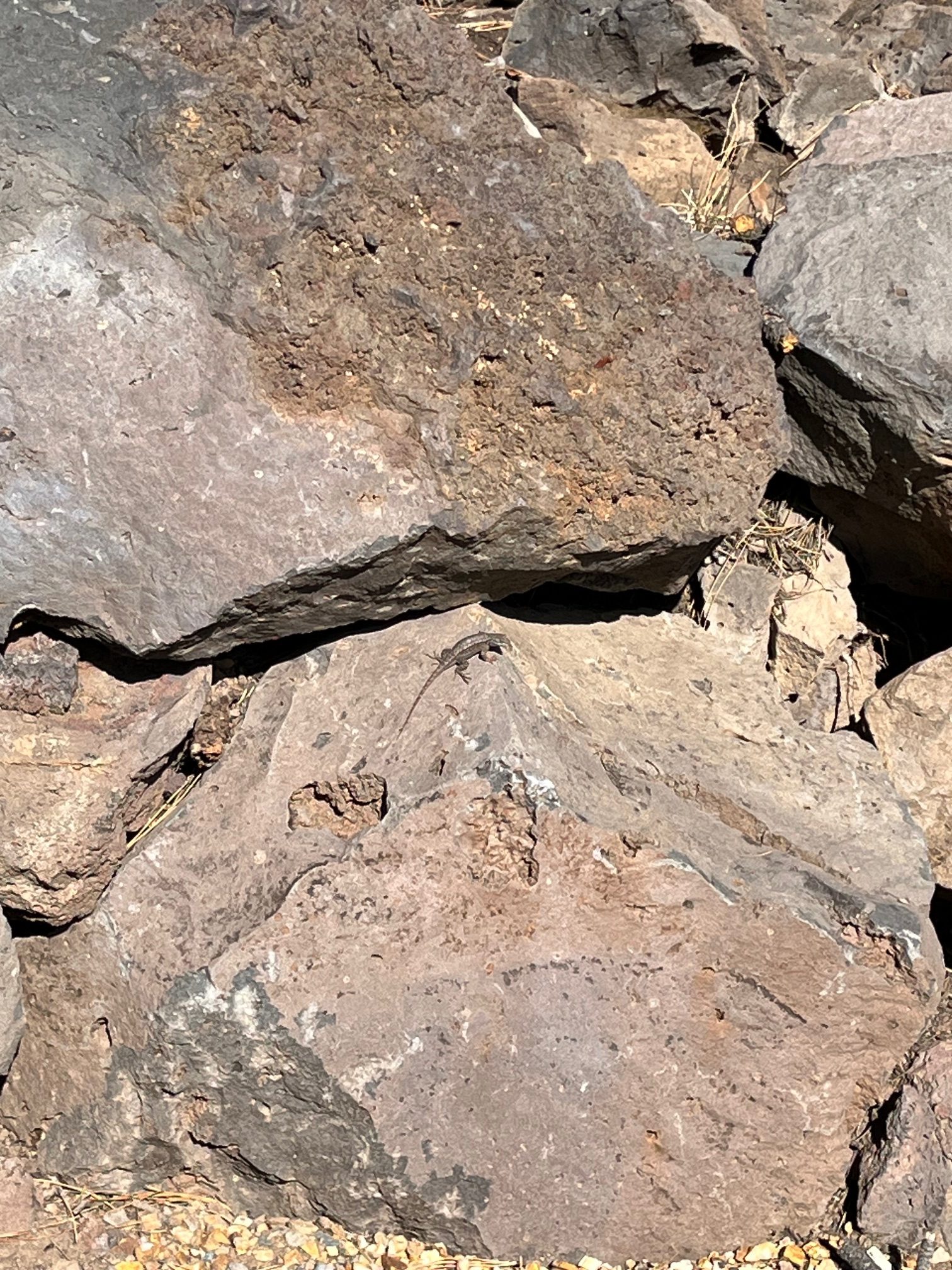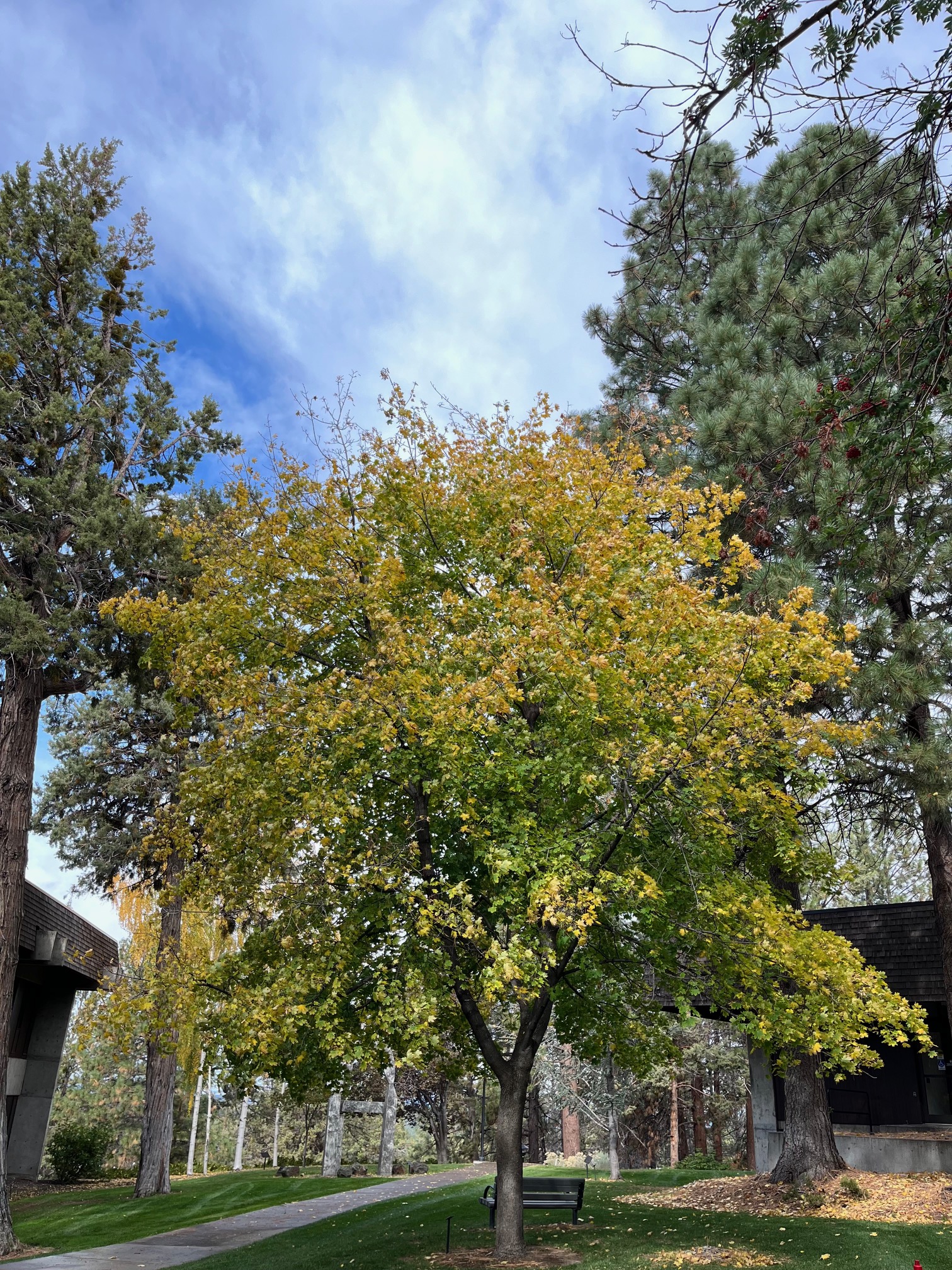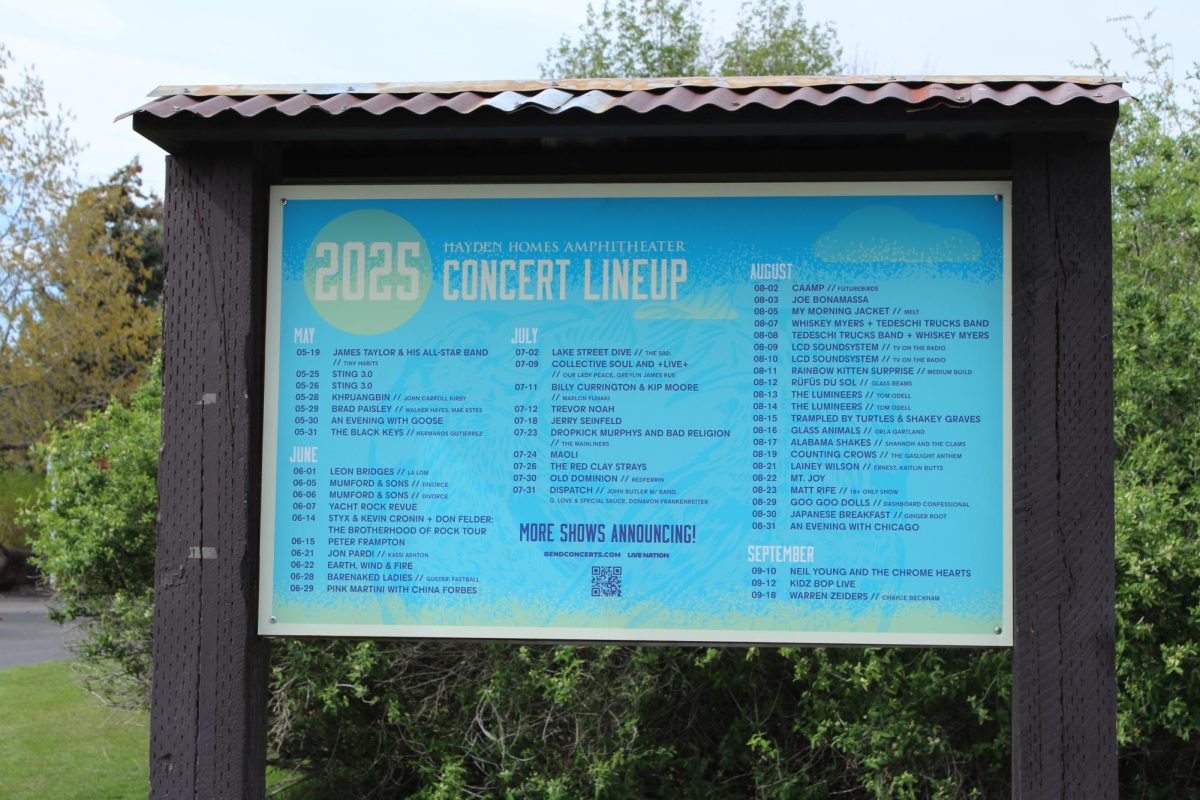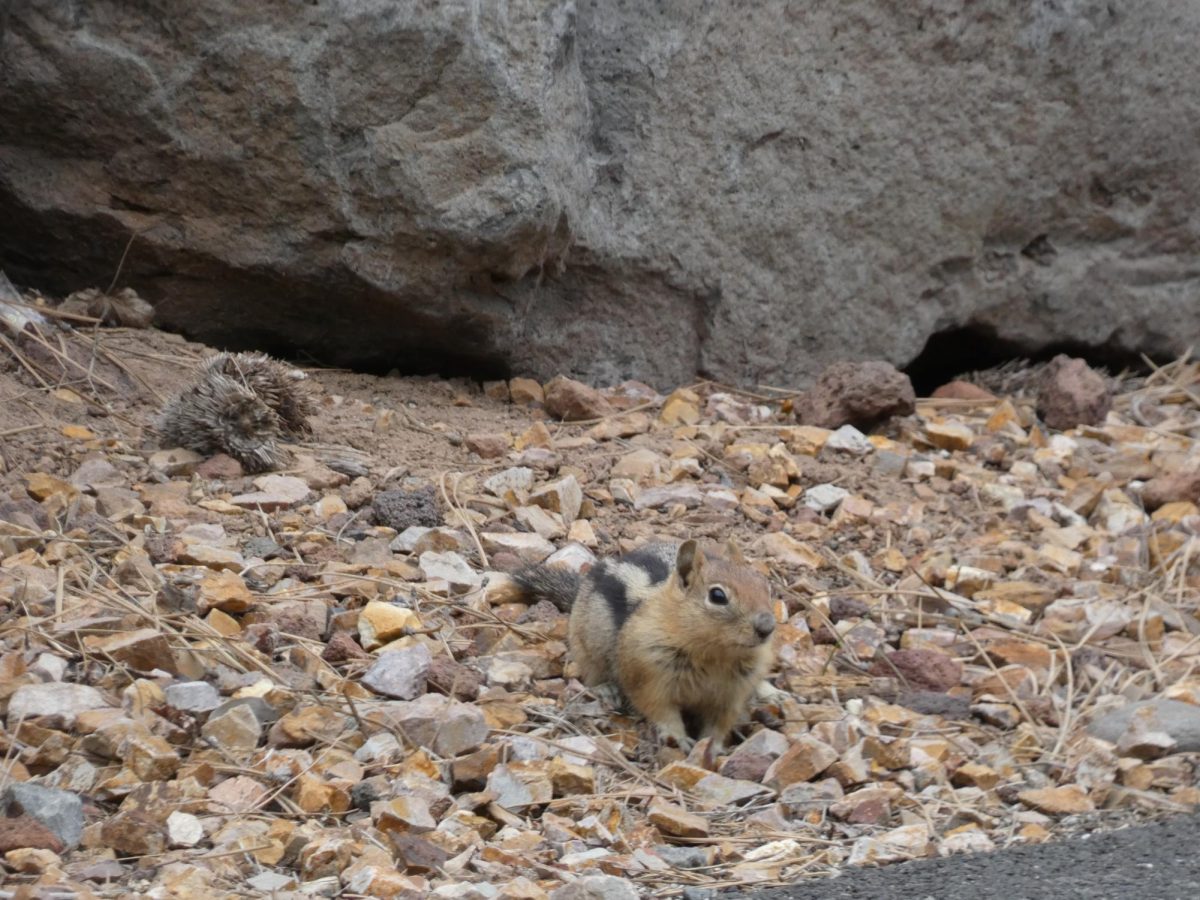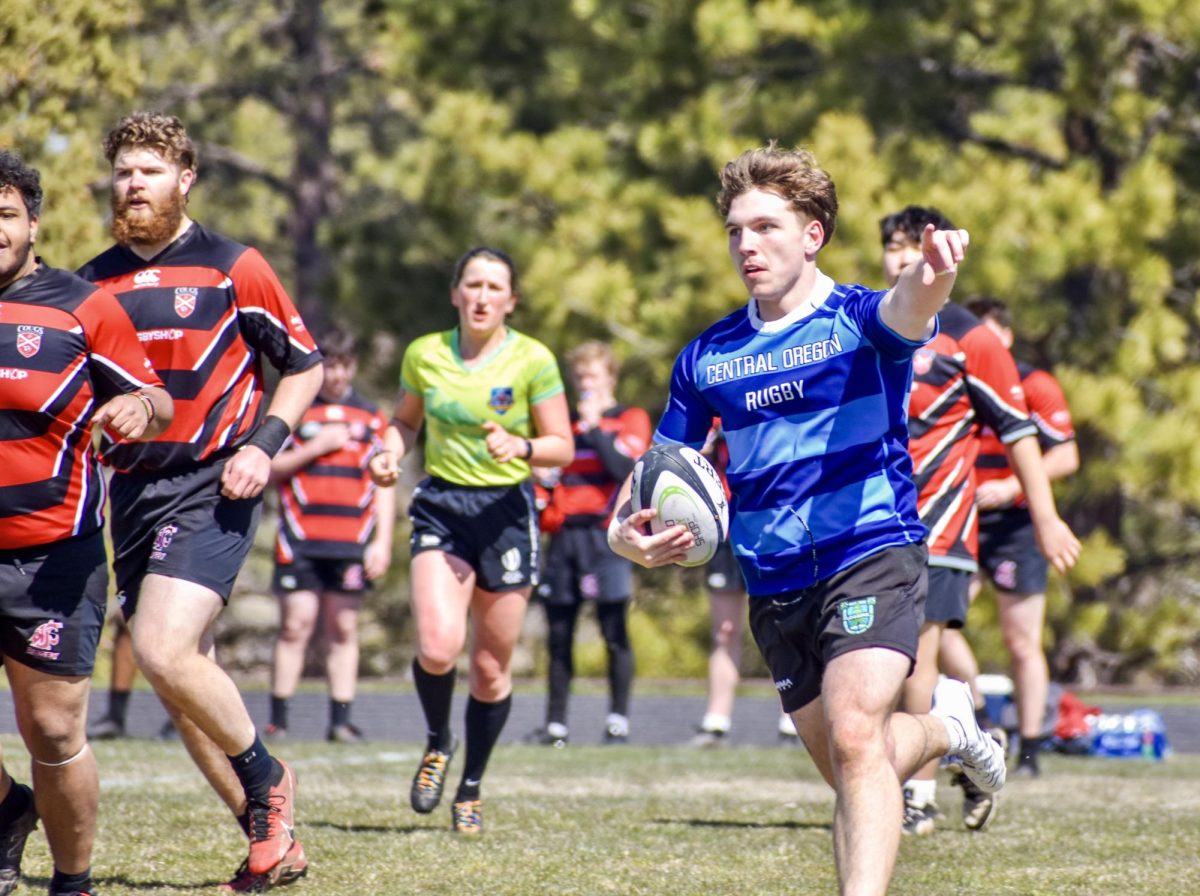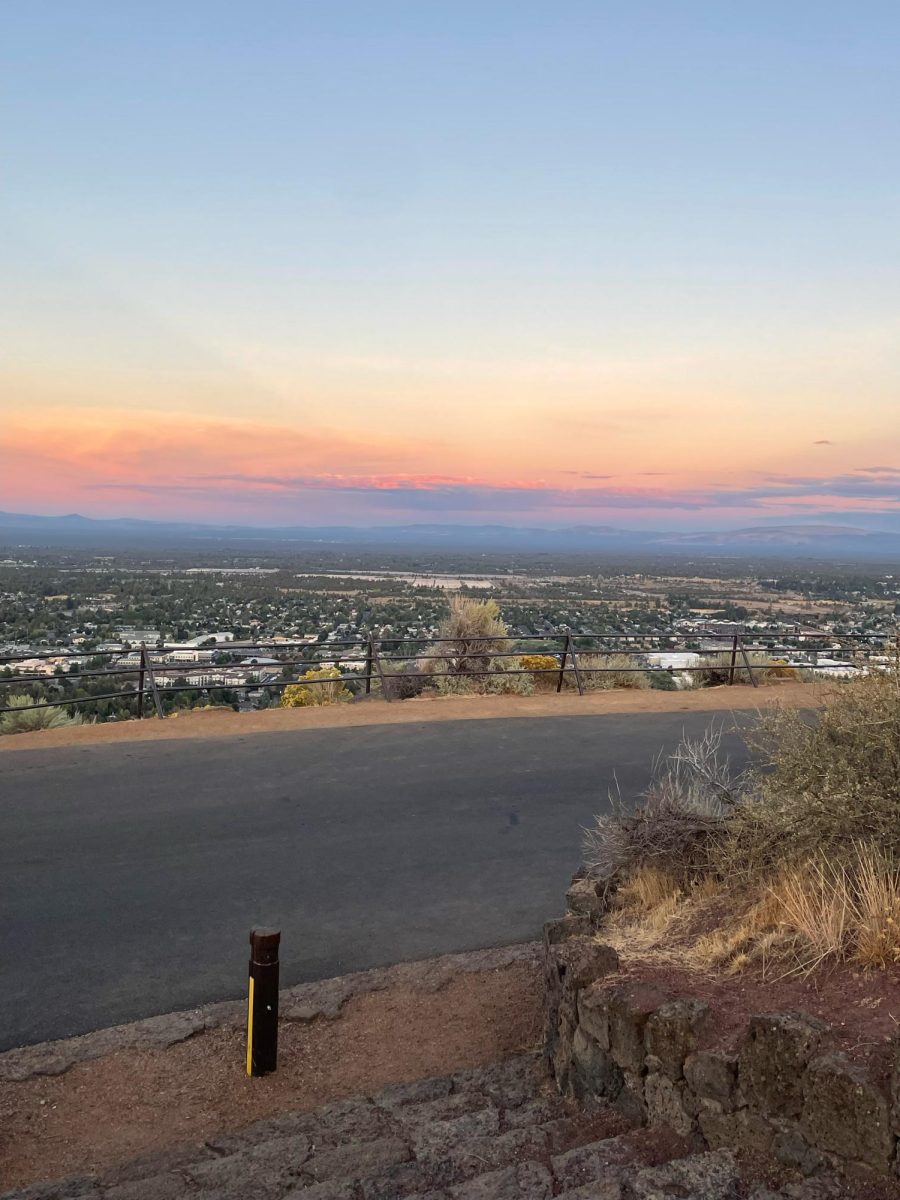As the leaves fall and the branches become bare, the color around campus becomes brighter. With reds, oranges, and yellows on the grounds and trees, the temperatures drop to prepare for the upcoming winter. As the cold creeps up, the animals begin to appear less and less as they make way for hibernation. The lizards don’t sunbathe on rocks anymore, the chipmunks don’t pop their heads out, and the squirrels raid the garbage to add to their winter stash.
Unlike warm-blooded animals, cold-blood animals such as lizards and amphibians enter a state called brumation when winter comes. Brumation is a lot like hibernation in the sense that both warm-blooded and cold-blooded animals enter a deep sleep for the winter. But unlike hibernation, reptiles and amphibians still have to get up during the winter to eat and sleep. Also because of their cold blood, reptiles and amphibians need to find a warm place to stay for the winter. Many species of frogs stash up on food during the spring and summer to prepare to burrow underground or under leaves to brumate for the winter.


